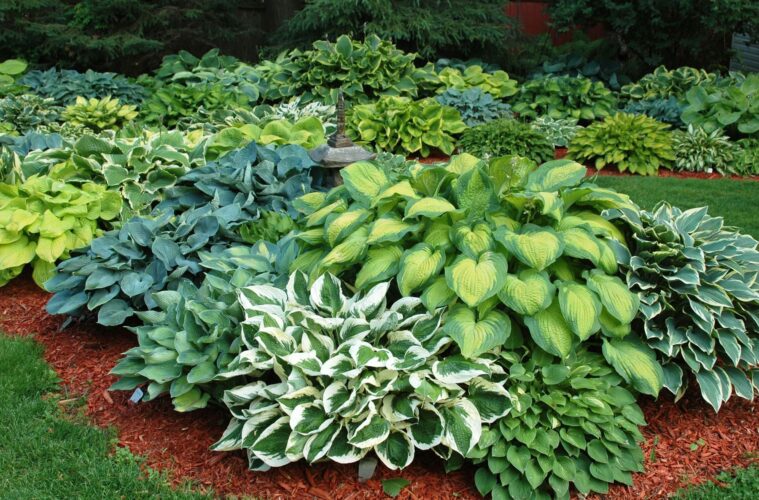In the past, the Japanese started using fragrant and medicinal herbs for rituals, food flavoring, and body care. Exotic plants, novel concepts, and a culture centered around medicinal and fragrant plants were brought to Japan from other nations, mainly through Korea.
Numerous lovely Japanese traditional plants can make your yard look lovely and unique. Cherry blossom season may start in the early spring or end later in the year when Japanese flower fields are covered in every hue of the rainbow. The sensation of relaxing and taking in the beauty of nature is unrivaled.
Japanese Maple
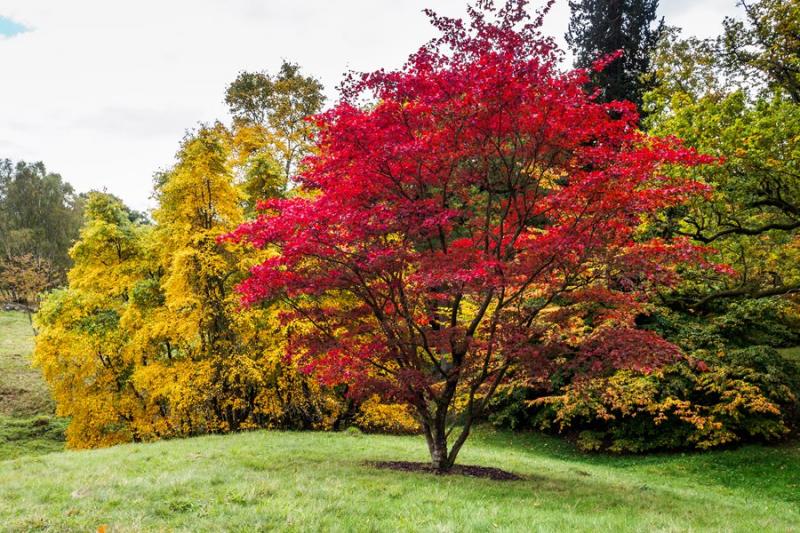
source: paudhshala.com
Japanese maple trees are among the most coveted and sought-after traditional Japanese plants available today in nurseries. They are frequently employed as focal points in every well-designed American landscape. The world over, Acer pomatums are prized for their form and beauty as bonsai trees. The Japanese maple family boasts the widest variety of leaf forms.
There are petite, almost shrub-like types, weeping or cascading forms, and erect shapes. While some have leaves all year long, whether red or green, they usually put on quite a show in the fall. Many of the types also have leaves that are orange, golden yellow, or even variegated.
Hinoki cypress
The Hinoki cypress is a tall, evergreen conifer with spreading, drooping horizontal branches. The soaring tree, which is native to southern Japan, is so tall and dense. Therefore, you can use it sometimes as a privacy screen. The miniature varieties of this tree are suitable for bonsai. It is also a favorite for ornamental plantings and is frequently recommended as a traditional Japanese garden plant.
Globose cones with a diameter of 1/3 to 1/2 inches are seen on hinoki cypress trees. With an annual growth rate of about 12 inches, this tree grows slowly to moderately. Usually, its cultivation period is in the winter or early spring. It fails miserably in transplants. However, The younger the tree sapling is planted, the better the condition is. Select a site that can accommodate its size when it reaches maturity. These traditional Japanese trees are popular in the northern hemisphere.
Bamboo
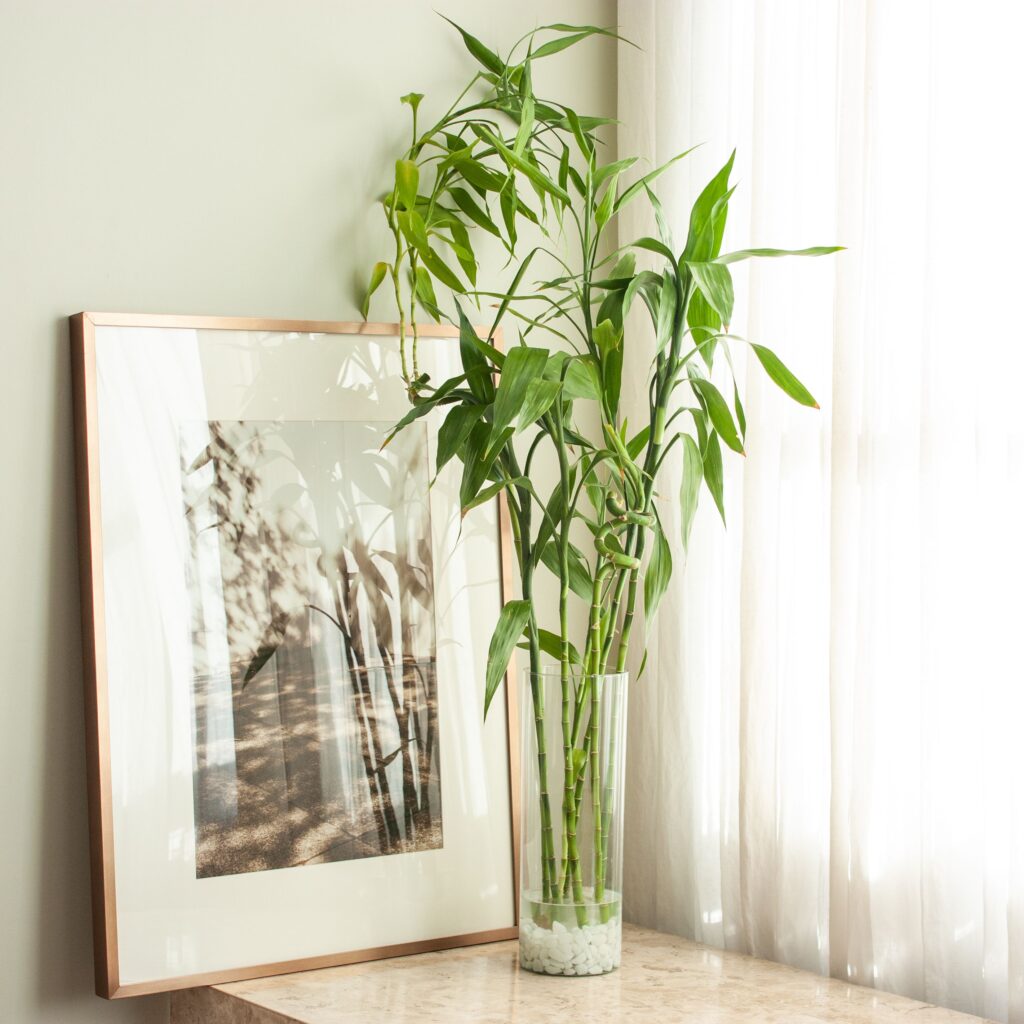
source: thespruce.com
Bamboo’s distinctive growth pattern, structure, and height make it a crucial component in Zen garden design. Bamboo plants are useful to provide a privacy screen in addition to serving as decorative plants. You can readily plant this lovely plant in the ground or in containers to add depth and contrast.
Many people adore the bamboo palm for its capacity to purify the air and its lush tropical vegetation. This low-light houseplant’s other name is palm chamaedorea. It looks great in any living room or workplace. This is a must in the list of typical Japanese garden plants. One of the simplest indoor palm trees to grow is the upright bamboo palm.
Japanese Camellia
Its popular name is camellia japonica. The Japanese camellia is a wintergreen beautiful shrub that blooms for a long time and generates an abundance of exquisite flowers. It is a traditional Japanese plant. It naturally occurs in northern China and Korea, usually in forested areas.
Grow this shrub in pots in cold locations because it doesn’t enjoy the cold. This allows for winter storage in a secure location. White, pink, and red camellia flower colors are the most popular among the many plant kinds.
Juniper
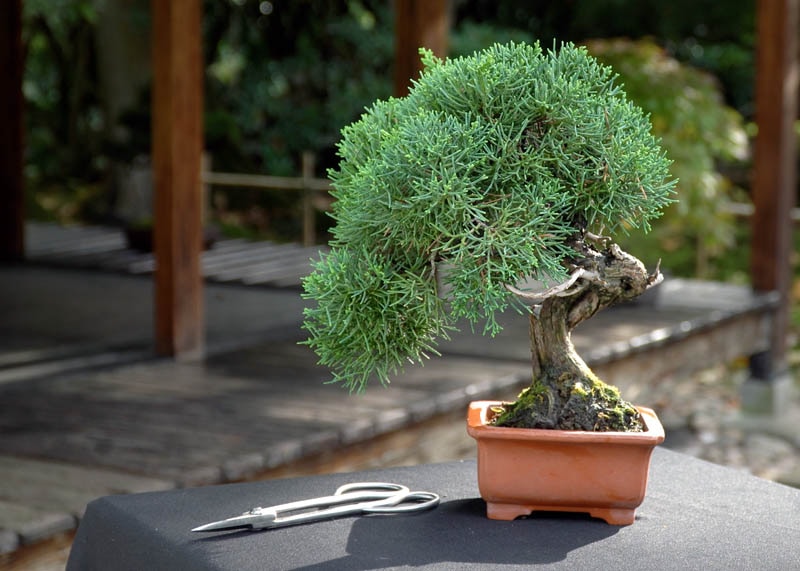
source: bonsaiempire.com
Japanese juniper shrubs are a lovely, low-maintenance type of sprawling plant. The second portion of the plant’s name, Juniperus procumbens, is a name to describe it scientifically. Once established, Japanese juniper requires little maintenance. They are typical Japanese plants to “set and forget.” Over 50 evergreen coniferous plants and shrubs make up the sizable genus Juniperus, which is well-known for its bonsai trees.
Any juniper species can act as traditional Japanese bonsai. effectively as a bonsai. Two key factors make junipers appealing as bonsai. First of all, bonsai’s miniature aesthetic works well with the small leaves, and second, junipers are tough trees that can tolerate severe trimming. The soil must be dry for juniper bonsai trees to thrive because they cannot be grown indoors.
Pine
Pine trees are among the most frequent types of trees that anyone can use for bonsai around the world. Yet they are usually a popular choice by bonsai enthusiasts because they are not a good starter option. Every garden lover can effectively fashion it into practically every known bonsai style since pines grow in a wide range of forms, sizes, and colors. Several pine species are suitable for bonsai growth.
Pine bonsai trees are used as traditional Japanese bonsai trees. They are evergreen coniferous resinous or cone-bearing trees with cones and needles developing in bundles of 2 to 5. They grow in a variety of shapes in nature, therefore cultivators use them in any manner in Bonsai art. Pine bonsai trees are the classic type of bonsai tree in Japan, with many generations of care
Hosta
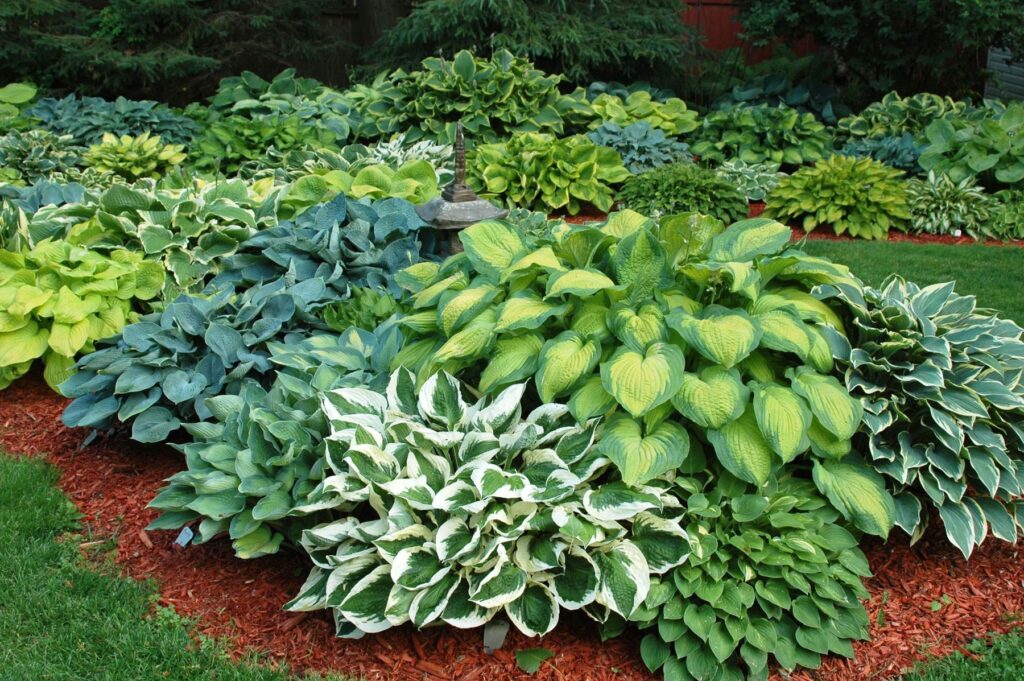
source: laidbackgardener.blog
Hosta was formerly just a plain green leafy plant, but it has grown into a vibrant array of hues. In many shade gardens, Hosta serves as a lively filler. Hostas have been hybridized, divided, shared, and modified numerous times to produce the diverse range of leaf shapes, textures, and colors that exist today. The size of hostas varies greatly from plant to plant.
A dark glen filled with hostas is ideal for the Japanese garden design. The hosta is an indigenous plant that is most popular across Japan. Moreover, The native varieties are more valuable than the hybrids grown by North American gardeners.
Japanese Fern
The Japanese fern tree (Filicium decipiens) is a gorgeous plant that grows quickly and is slender and graceful. The plant is a tree with a faint similarity to other fern species. You can consider these ferns traditional Japanese trees.
The Japanese fern grows to around 25 feet on average, adding about 12 inches per year. The Japanese fern tree, unlike most indoor house plants, requires little maintenance and attention after the initial planting and early growth stages.
Cherry
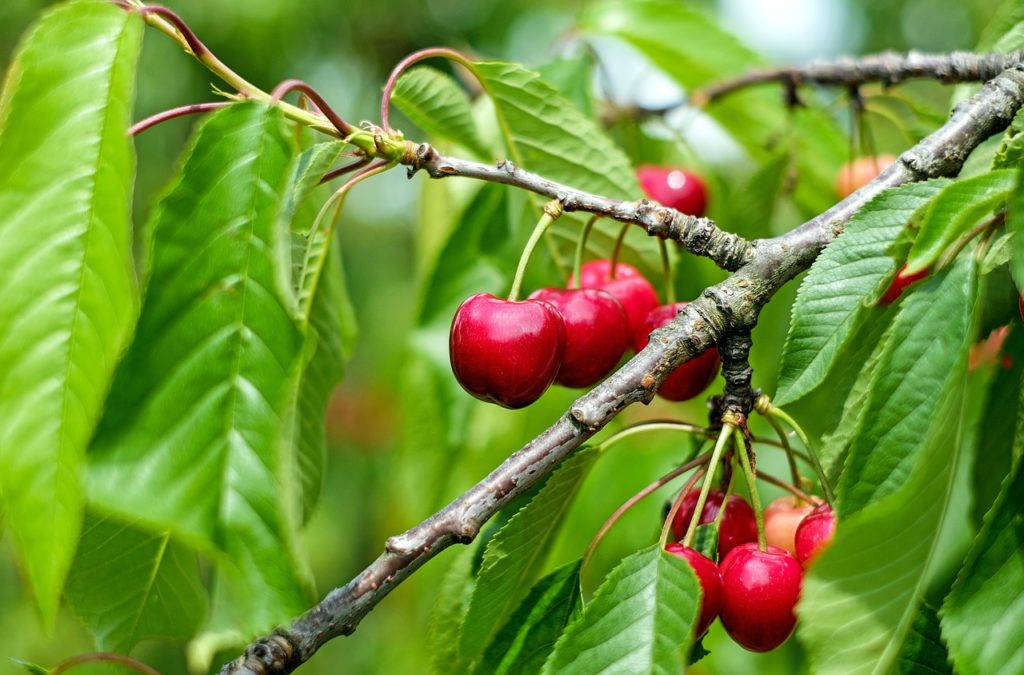
source: pinterest.com
The appearance of the flowers on ornamental cherry blossom trees, known as Sakura in Japan, is one of the earliest and most beautiful signals that Spring has arrived. Clouds of stunning petals ranging from deep pink to delicate white have enthralled gardeners and painters for millennia.
The traditional varieties of cherry blossom trees available now are the same ones as ancient plants. The cherry blossom season begins in early April, and the vibrant colors are a welcome sight after the long sleep of winter. Cherry Blossom Trees are simple to grow and look great in front yards across the country.
Conclusion
Japanese-style gardens have a tranquil ambiance and minimalistic color scheme. Trees and shrubs, especially evergreens, as well as trees with brilliant autumn leaves or delicate spring blossoms, play a significant role in the design of Japanese gardens. Use mosses and ferns that flourish in the shade cast by buildings or other structures. Otherwise, you can use traditional Japanese garden plants, in small Japanese garden designs.
Some plants are ideal for Japanese gardens by nature for various reasons. They are evergreen perennials, have a harmonious overall shape or harmonious trunk and branch shapes, fashionable foliage or blooms, are slow-growing, and exude tranquility. These characteristics allow them to blend in with the general aesthetic of Japanese gardens.

